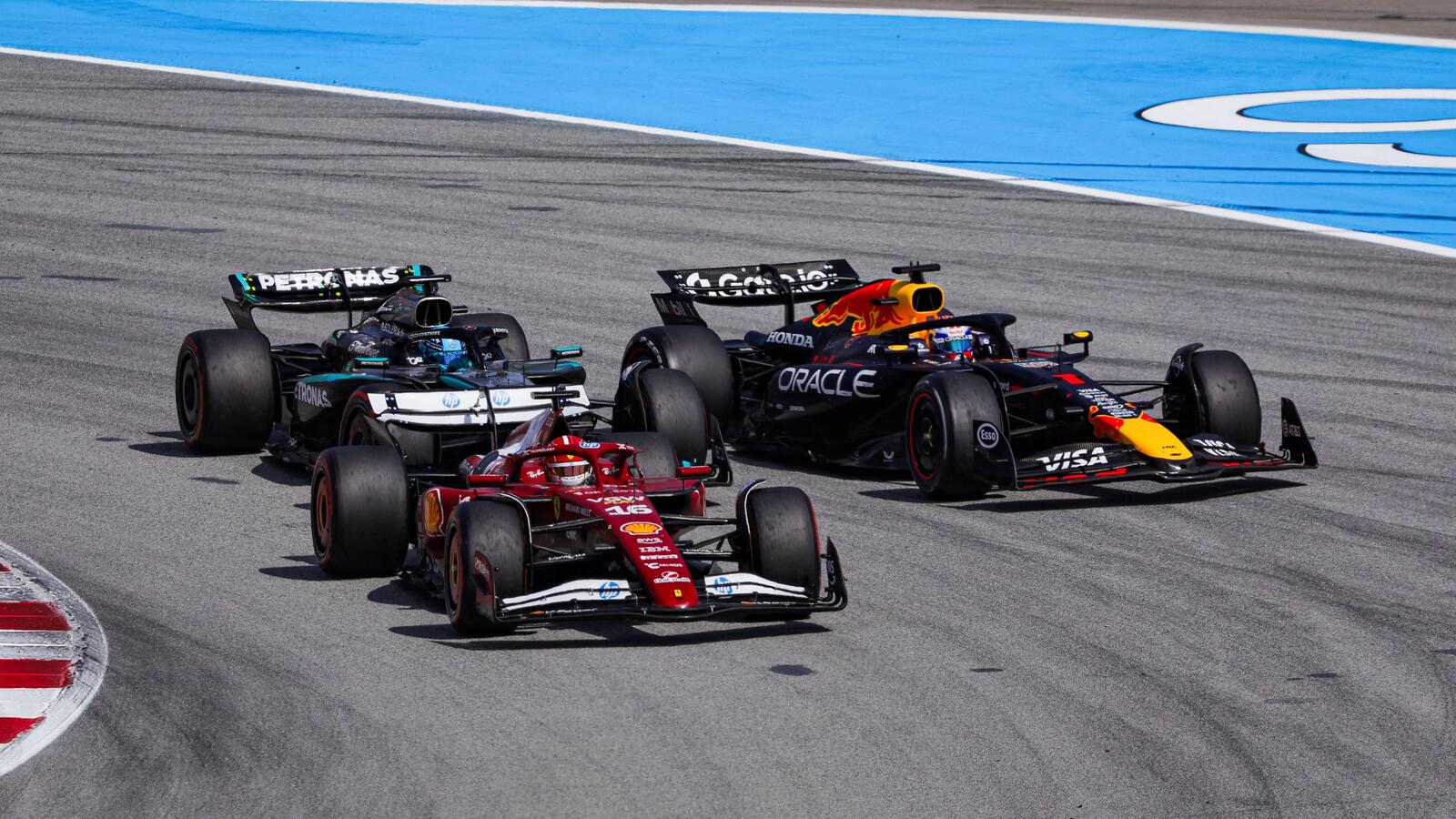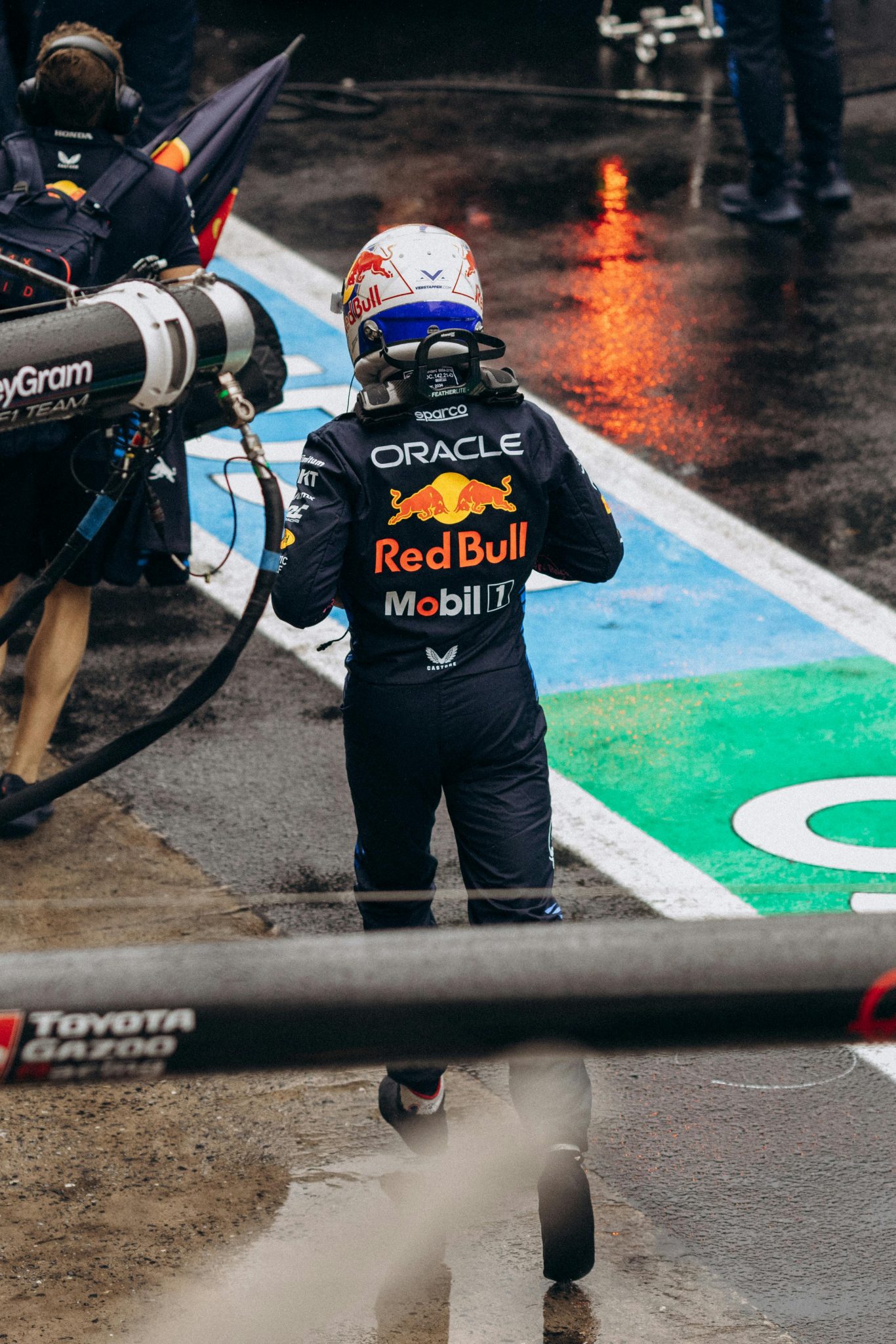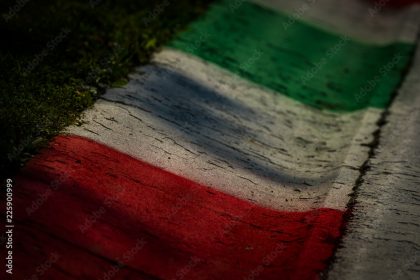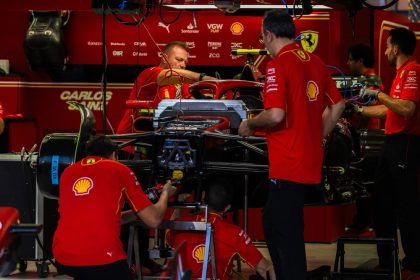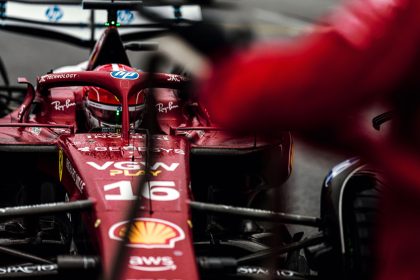If you’re looking for a story about the relentless march of progress, the triumph of engineering, or the poetic beauty of a perfectly executed overtake, look elsewhere. This week in Formula 1, the headlines are not about the sublime, but the precarious. The 2025 Spanish Grand Prix has left the paddock reeling, not from the heat of Barcelona, but from the cold reality that even the sport’s titans can teeter on the edge of disaster. Max Verstappen, four-time world champion and perennial headline generator, now stands one penalty point away from a race ban—a fate no F1 driver has ever suffered under the current system. The question is not just whether Verstappen will race in Montreal, but what this moment says about the sport, its heroes, and the razor-thin line between glory and ignominy.
- Barcelona: Where the Wheels Came Off
- The Anatomy of a Meltdown
- The Psychology of Apology (or Lack Thereof)
- The Numbers Game: How Close Is Too Close?
- Winners, Losers, and the Unforgiving Spotlight
- The Historical Parallels: When Champions Falter
- The Road Ahead: Montreal and the Sword of Damocles
- Waste a bit more time
Barcelona: Where the Wheels Came Off
The Circuit de Barcelona-Catalunya has always been a crucible for Formula 1’s best and worst instincts. This year, it was less a showcase of technical mastery and more a theatre of human frailty. Oscar Piastri, the unflappable Australian, delivered a performance for the ages, taking pole with the largest margin of the season and converting it into his fifth win of the year. But as Piastri soared, Verstappen’s race unraveled in a tangle of strategy, frustration, and—ultimately—contact.
The drama reached its crescendo after a late Safety Car, triggered by Kimi Antonelli’s power unit failure. Verstappen, on hard tyres and surrounded by rivals on softs, was a sitting duck. First came a brush with Charles Leclerc’s Ferrari—no action taken. Then, the fateful clash with George Russell’s Mercedes. The stewards saw it as Verstappen’s fault, handing him a 10-second penalty and, more crucially, three penalty points. That brings his total to 11—one shy of the dreaded dozen that triggers an automatic race ban.
Our tyre choice at the end and some moves after the [Safety Car] restart fuelled my frustration, leading to a move that was not right and shouldn’t have happened. I always give everything out there for the team and emotions can run high. You win some together, you lose some together.
Max Verstappen, Instagram
For those who missed the chaos, Sky Sports F1’s David Croft offers a brisk, emotional debrief: Watch on YouTube
The Anatomy of a Meltdown
It’s tempting to see Verstappen’s Barcelona meltdown as a one-off—a champion’s bad day at the office. But the truth is more complicated. The penalty points system, introduced in 2014, was designed to curb exactly this kind of repeat recklessness. Accumulate 12 points in 12 months, and you’re out for a race. Simple, draconian, and—until now—never enforced. No driver has ever reached the threshold. Verstappen is now the closest any champion has come to making history for all the wrong reasons.
The Dutchman’s response has been, in classic Verstappen style, a blend of contrition and defiance. His Instagram post admits the move “was not right,” but stops short of a full-throated apology. Christian Horner, Red Bull’s team principal, was more direct: “He’s just got to keep his nose clean in the next couple of races. Then the first points come off at the end of June.”
You can never guarantee anything. He’s just got to keep his nose clean in the next couple of races. Then the first points come off at the end of June.
Christian Horner
For those who prefer their drama with a side of British understatement, the BBC’s coverage is a masterclass: Read more.
The Psychology of Apology (or Lack Thereof)
Why is it so hard for F1 drivers to say sorry? Motorsport.com’s Ben Hunt offers a fascinating exploration of the psychology at play. Verstappen’s “sorry-not-sorry” is hardly unique. Sebastian Vettel, Michael Schumacher, and even Ayrton Senna all had their moments of public non-apology. The logic is as old as racing itself: admitting fault is seen as weakness, a chink in the armor that rivals can exploit.
For instance, saying ‘the move that was not right and shouldn’t have happened’ could for some be intended as some sort of admission of guilt, which it may have been. But that line was teed up with excuses about the ‘tyre choice and some moves after the safety car restart’ that had ‘fuelled [his] frustration’.
Ben Hunt, Motorsport.com
Read the full analysis here: Why is it so difficult for F1 drivers to say they’re sorry?
The Numbers Game: How Close Is Too Close?
Let’s talk numbers, because Formula 1 is nothing if not a sport obsessed with statistics. Verstappen’s 11 penalty points are the highest tally for any active driver since the system’s inception. For context, the largest points deficit ever overcome to win a championship is 46—Verstappen himself, clawing back from the brink in 2022. But this is a different kind of deficit: one of discipline, not speed.
Here’s a quick refresher on the penalty points system:
Year | Introduced Points for Ban | Notable Cases | Has Anyone Been Banned?
2014 | 12 | Grosjean, Hamilton (close calls) | No
No driver has ever served a race ban for penalty points. Verstappen could be the first. The implications are enormous—not just for Red Bull, but for the championship itself. Should Verstappen miss a race, Red Bull would have to promote a reserve driver (Liam Lawson, Isack Hadjar, or perhaps Ayumu Iwasa), and the title fight would be thrown wide open.
Winners, Losers, and the Unforgiving Spotlight
While Verstappen’s woes dominated the headlines, the Spanish Grand Prix had its share of winners and losers. Oscar Piastri’s victory cements his status as the season’s breakout star, extending his championship lead to 10 points over Lando Norris and 49 over Verstappen. Nico Hulkenberg delivered a career-best P5 for Kick Sauber, while Charles Leclerc snatched a podium for Ferrari.
On the flip side, Lewis Hamilton’s struggles continued. Despite a promising qualifying, he finished a distant sixth, later admitting he had learned “absolutely nothing” from the triple-header. Williams’ run of points finishes came to a screeching halt, and Kimi Antonelli’s promising race ended in the gravel.
For a full rundown of winners and losers, Formula1.com’s analysis is essential reading: 6 Winners and 5 Losers from Spain
The Historical Parallels: When Champions Falter
If you think Verstappen’s predicament is unprecedented, think again. Formula 1 history is littered with champions who flirted with disaster. Michael Schumacher’s infamous clashes, Ayrton Senna’s uncompromising aggression, and Sebastian Vettel’s Baku meltdown all spring to mind. But none faced the cold, bureaucratic certainty of a penalty points ban.
The closest parallel is Romain Grosjean’s one-race ban in 2012, handed down after a first-lap crash at Spa. But that was a discretionary punishment, not the result of an accumulation. The penalty points system was supposed to prevent exactly this kind of slow-motion train wreck. Instead, it has delivered the sport to the brink of a new kind of drama.
The Road Ahead: Montreal and the Sword of Damocles
So what happens next? Verstappen must survive the Canadian and Austrian Grands Prix without incident. Only then will two points drop off his licence, giving him a sliver of breathing room. But the pressure is immense. Every overtake, every defensive move, every radio message will be scrutinized. The specter of a race ban looms over not just Verstappen, but the entire championship.
Christian Horner put it best: “You can never guarantee anything.” In a sport where the margins are measured in thousandths of a second, the difference between hero and villain can be a single misjudged move.
Waste a bit more time
If you’re not yet sated by the drama, here are some essential links to keep you occupied:
- Formula1.com: 6 Winners and 5 Losers from Spain
- BBC: Verstappen admits move ‘was not right’
- Motorsport.com: Why is it so difficult for F1 drivers to say they’re sorry?
- Formula1.com: Downbeat Hamilton says he learned ‘absolutely nothing’
